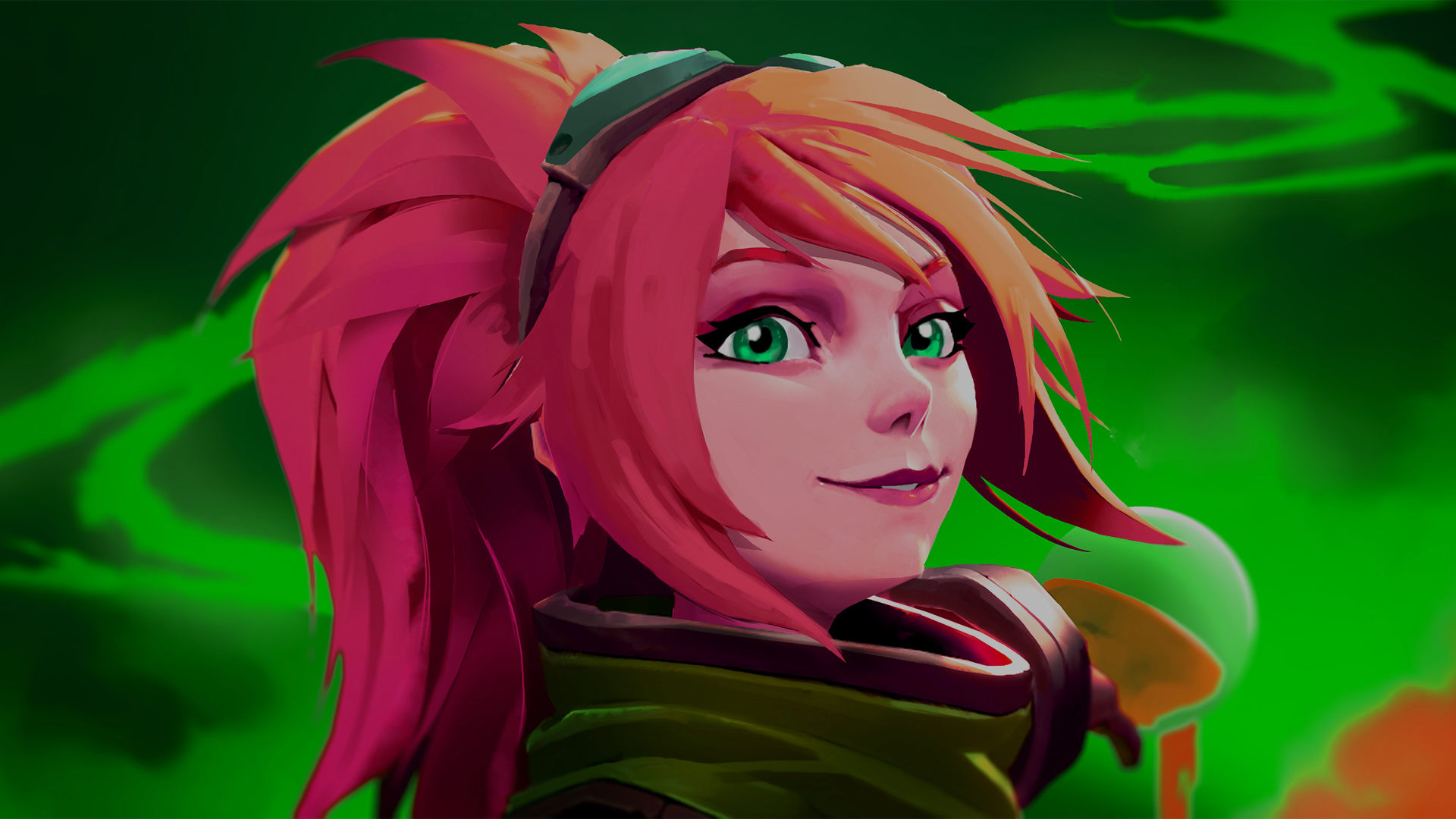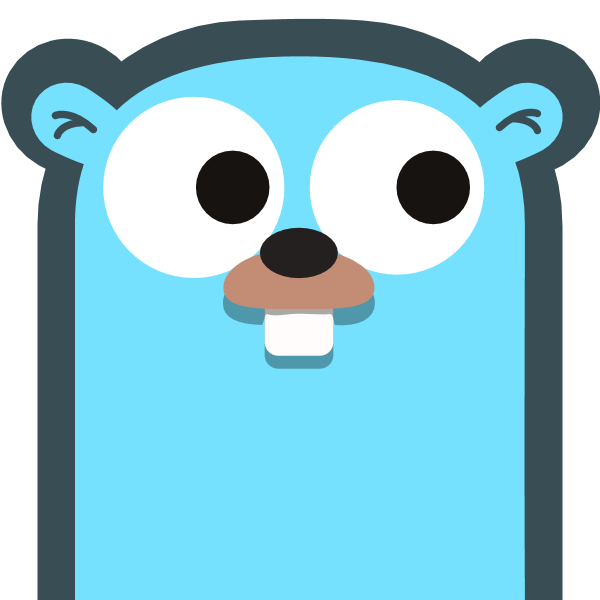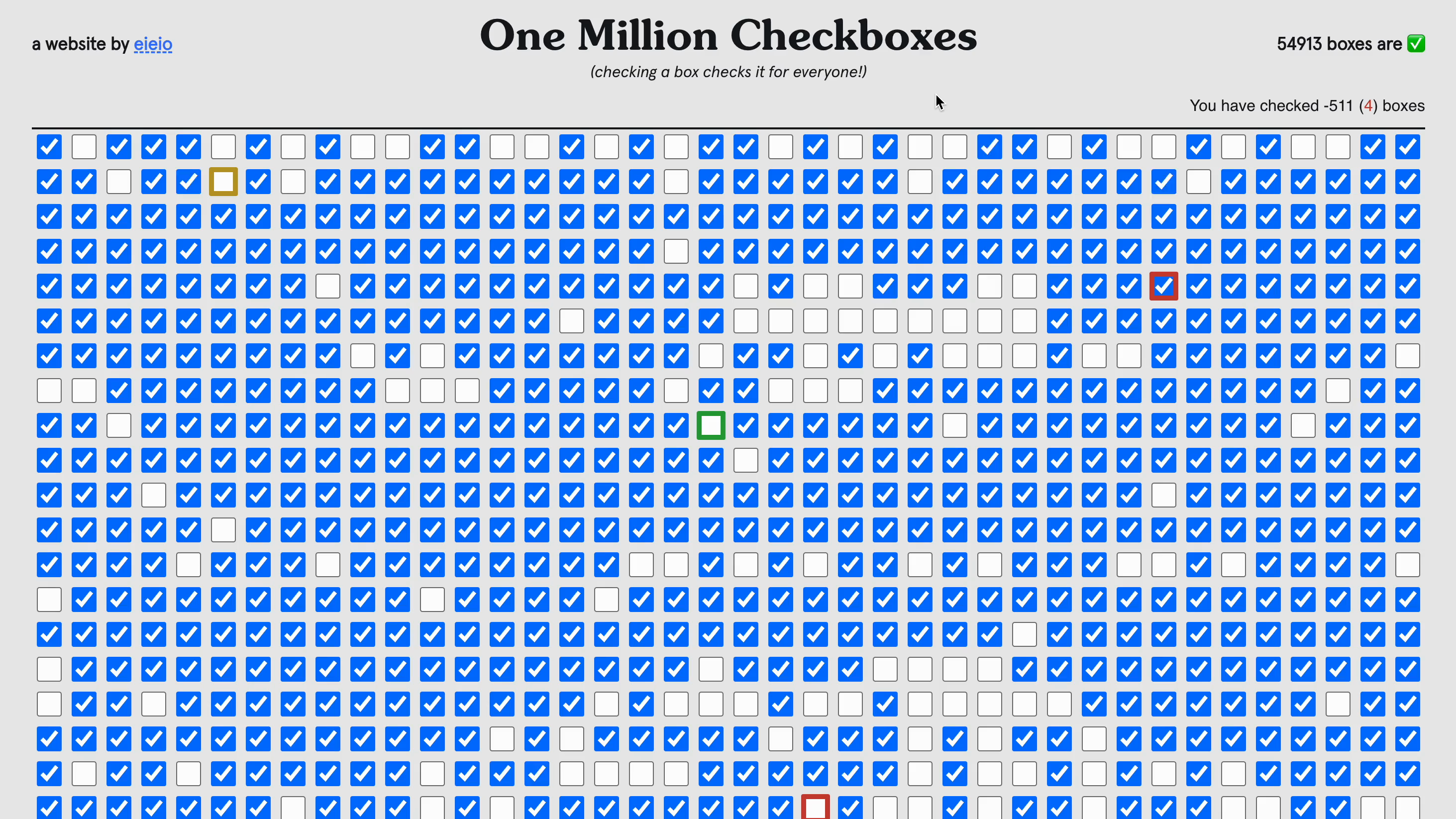Indie game dev
posting things from the 160+ rss feeds I follow. You should see me post links in two chunks for when im reading stuff, once in the morning and once in the evening ET. If you want some of my sources for certain communities feel free to dm
Pfp is Lucie from battlerite
- 199 Posts
- 31 Comments

 74·4 months ago
74·4 months agoThe issue comes up when people youre talking to dont know what youre using as a comparison
Article mentions that if they mention something then its fair to say how youre similar / differences but the person youre talking to has to initiate that. For people on reddit everyone on reddit knows what reddit is as they are using it so comparisons to it can be made on posts there

 23·4 months ago
23·4 months agoEdited the title to have a by in front to make that a bit more clear

 3·4 months ago
3·4 months agoNote its not my blog, just something I thought was interesting. Author is one of the people who has worked on factorio in the past

 3·8 months ago
3·8 months agoI dont know how larger games do it but it mostly depends on what kinds of enemies and what genre of game youre doing.
If you have a lot of enemies that will be spawned and despawned and they are mostly the same you can do an object pool where instead of destroying the object it gets hidden and added to the back of the pool for another enemy to spawn in as in the future by showing it and moving it to the correct spot
In terms of when to spawn it usually (assuming youre doing most genres) you can just spawn it right outside the view of the player when they hit a trigger. In games I usually make enemies are spawned on a timer since it tends to be more arcade like and in that case you usually just spawn them outside the range of the player in a random location around a radius after X amount of time has passed
Can give more specific things if I know the genre
Also downvote is likely someone from the all feed

 6·8 months ago
6·8 months agoYes, or it compiles to JavaScript. From the version 1 post

Tried looking. According to one of the users who posted it its by 0x00 whos the person who made floor 796. All things I can find relating to them are floor 796 related though and can’t find where this was originally posted
Heres floor 796 though if anyones interested https://floor796.com
For self hosting there’s also Forgejo which is a fork of Gitea
Thats what Codeberg uses
Its in the embedded tweet
Stands for progressive web app which is an app which uses web technologies. Can be both a web page and a mobile app on a phone. Can be added as an app to your phone through a browser rather than downloading it from an app store

 122·9 months ago
122·9 months agoTheyre two different softwares with two different apis, you can’t
Lemmy is indexed so can be found on search engines while discord cant
For internal search without using a search engine discord has had way more devs, time and money thrown at it. Still would say its barely better than lemmy (just is cause of the time filters)

 3·10 months ago
3·10 months agoCode blocks got updated in 0.19, lemmy.world is still on a 0.18 version

 4·10 months ago
4·10 months agoSubreddit had 3 posts within the last month so not that far off tbh
I can look for some post sources to give the community here some more activity
Theres a community for it over at [email protected] for anyone interested in it :)

 6·10 months ago
6·10 months agoNah not mine, just one I found and thought was pretty cool. Added the source to my rss reader and probably gonna post more from them in the future
Also @[email protected], dont know if you know already but they showcased GodotOS in here
https://github.blog/2024-01-18-game-bytes-january-2024/#go-go-gadget-godot-operating-system

 2·10 months ago
2·10 months agoConverting ampersands to say amp instead is a bug that got fixed in version 0.19, world hasnt upgraded yet though

 5·11 months ago
5·11 months agoWhen the draw function calls itself it yields control to that new function its calling. When that function ends it takes back control and continues doing what it was doing.
This means all of the for loops in all of the functions will execute. Draw(1) will do the for loop and then return as it hits the end of the function (standard behaviour when you reach the end of a function even if theres no return statement). Then draw(2) will do the for loop as it gets back control now that draw(1) is done and then return, etc. all the way up
All parts of a function are recursive, theres no such thing as a non recursive part















Keywords in what I said being “everyone on reddit knows what reddit is”. Had that there since a lot of comparisons of lemmy being similar to reddit happened on reddit itself but if people are talking on lemmy or elsewhere the comparison shouldnt come up unless the other user initiates that (especially if theres more people like you and we would then be sending traffic to reddit with the comparison)